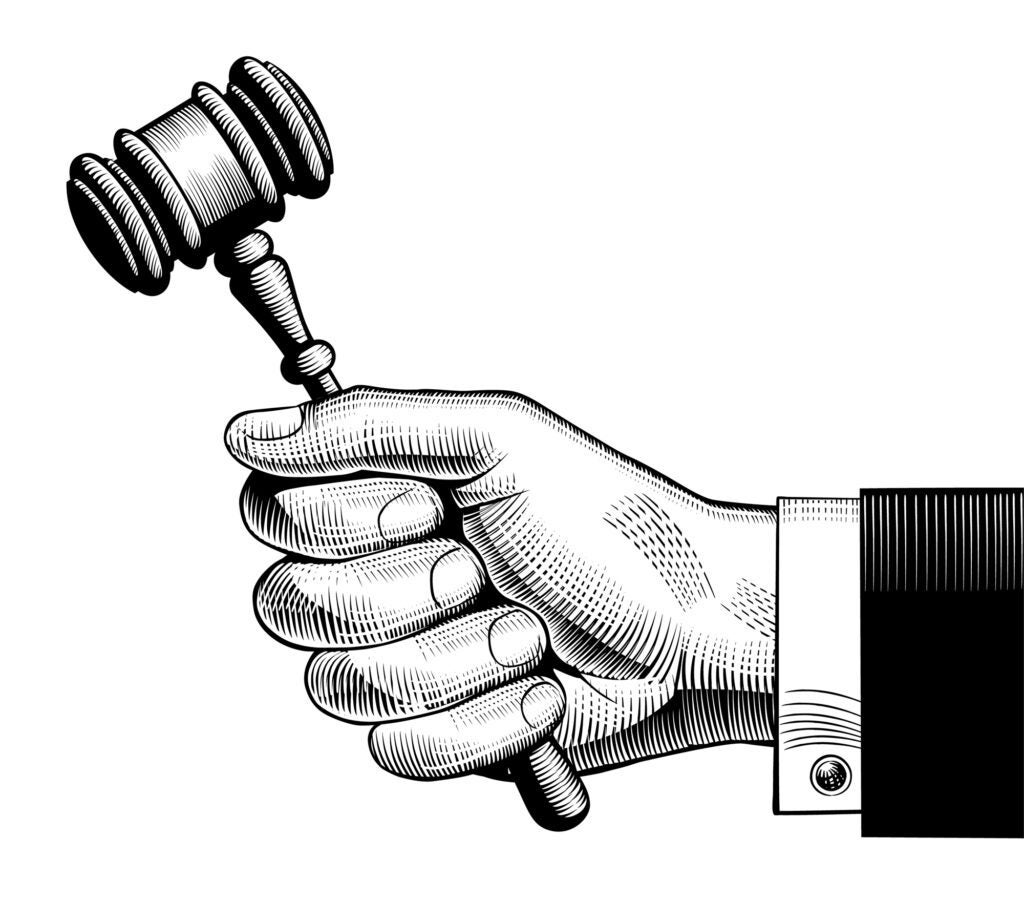Remember last quarter when PubMatic projected a $5 million revenue dip from a large DSP buyer having switched to a first-price auction in May?
PubMatic didn’t name the buyer in question, although subsequent reporting by AdExchanger revealed its identity: Google’s DV360.
Well, PubMatic would clearly like people to stop talking about it.
But during the company’s Q3 earnings call on Wednesday, investors had a bunch of follow-ups about the effect on revenue.
PubMatic told investors that it won’t lap the impact until midyear 2025.
Steve Pantelick, PubMatic’s CFO, called the DSP change “a short-term phenomenon” and told investors to put the DSP changes “in a box,” emphasizing instead the fact that the majority of PubMatic’s business is growing in the midteens, including connected TV, mobile apps and supply-path optimization.
Overall revenue was up 13% YOY in Q3 to $71.8 million, with revenue growth from omnichannel video (which includes desktop, mobile and CTV) up 25%. SPO represented roughly 50% of total activity in the quarter.
“That’s helping us manage through this change that occurred midyear,” Pantelick said.
‘That DSP’
As a refresher, the so-called first-price auction switch affecting PubMatic’s revenue was actually the result of a loophole of sorts.
Until earlier this year, DV360 used a bidding logic that would increase its bid by a smidge when SSPs tagged a bid request as a second-price auction, according to sources who spoke with AdExchanger on condition of anonymity at the time.
When PubMatic tagged an auction as second-price to DV360, it would win more auctions, sources told AdExchanger. When it longer had that option, it experienced a palpable and ongoing decrease in revenue.
But PubMatic didn’t get into the weeds on all of that during its Q3 call. In fact, Pantelick and CEO Rajeev Goel studiously avoided any mention of DV360 by name, instead referring to it as “the large DSP” or “that DSP.”
“The most important point is that the situation has stabilized,” Pantelick said, “and now we’re just growing through that.”
Excluding the DSP impact and political advertising, overall revenue actually grew 17% in the quarter.
Because while “that DSP” was a drag, political advertising was a buoy.
PubMatic saw a surge in ad demand for political advertising on connected TV in Q3, Goel said, and CTV-monetized impression volume was up 100% YOY for the third straight quarter.
During Q3, PubMatic launched new generative AI tools that could automatically classify ads using specific criteria, such as political party, candidate type (federal, state or local), issue and sentiment.
As a result, Goel said, more than 250 publishers and streamers that historically blocked political ads made their inventory available programmatically for political campaigns.
“This enabled us to scale political spend on our platform much faster than we expected,” he said.
But what we really want to know …
Political revenue is all well and good, but what about that DSP change, tho? Multiple investors kept posing the question.
Pantelick reiterated that “it’s a process we’re going to work through,” and that PubMatic has confidence the situation will resolve by the middle of next year.
The good news, he said, is that “it’s a change in the level of spend, but not a change in terms of how we’re operating with that DSP.”
“We feel very enthusiastic about our ability to grow that over time,” Pantelick said. “But we are going through an adjustment period.”


















